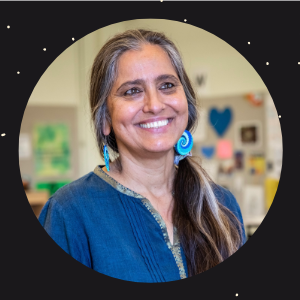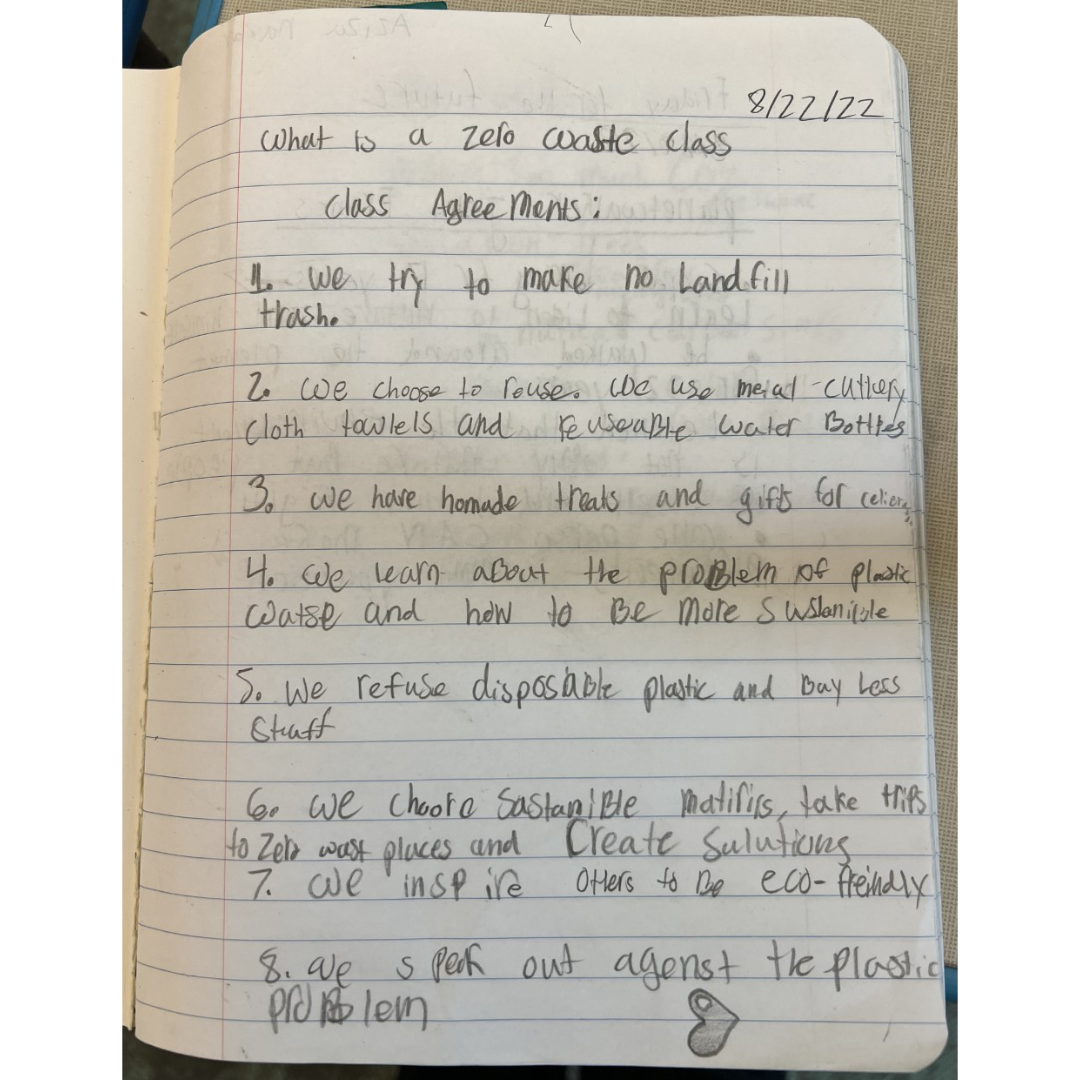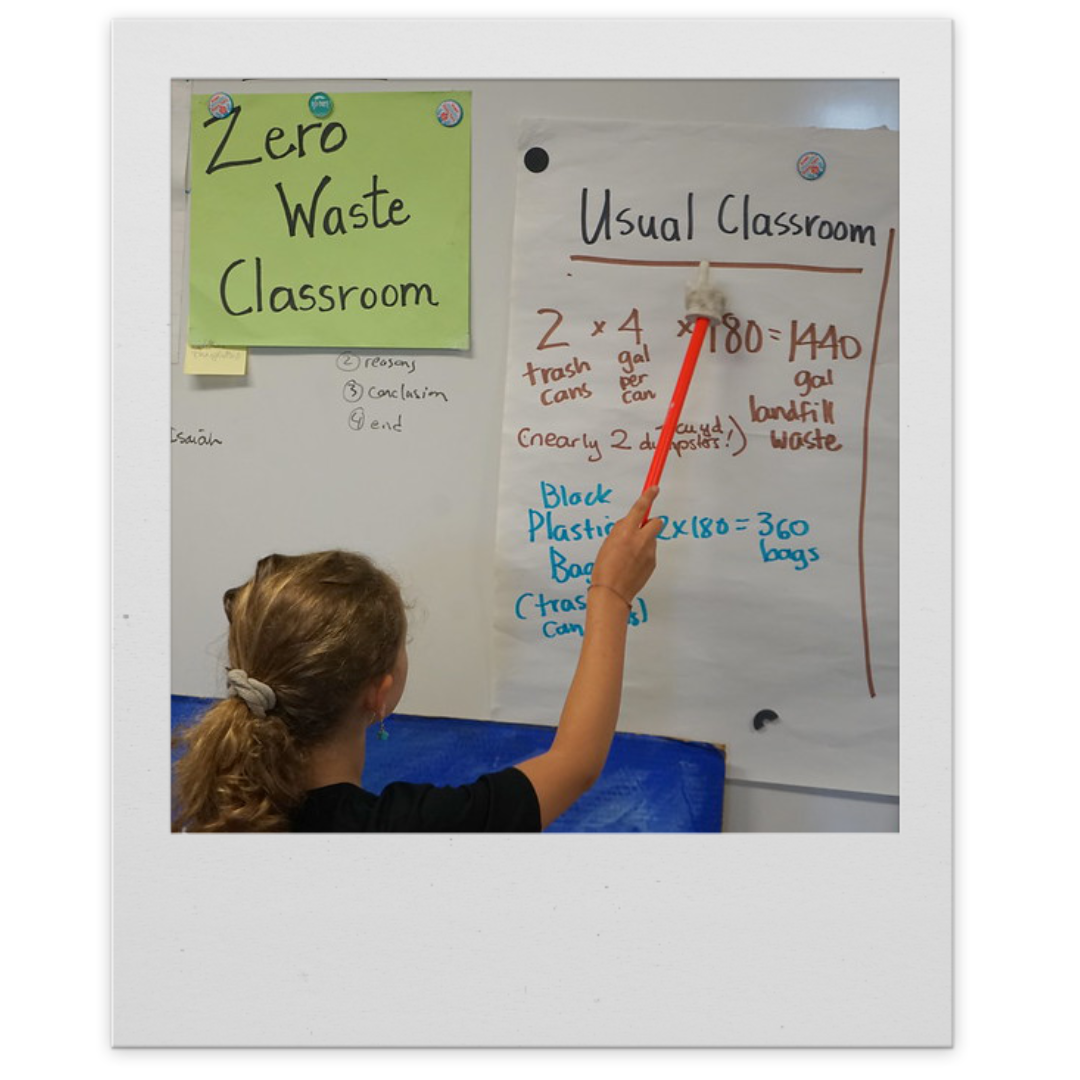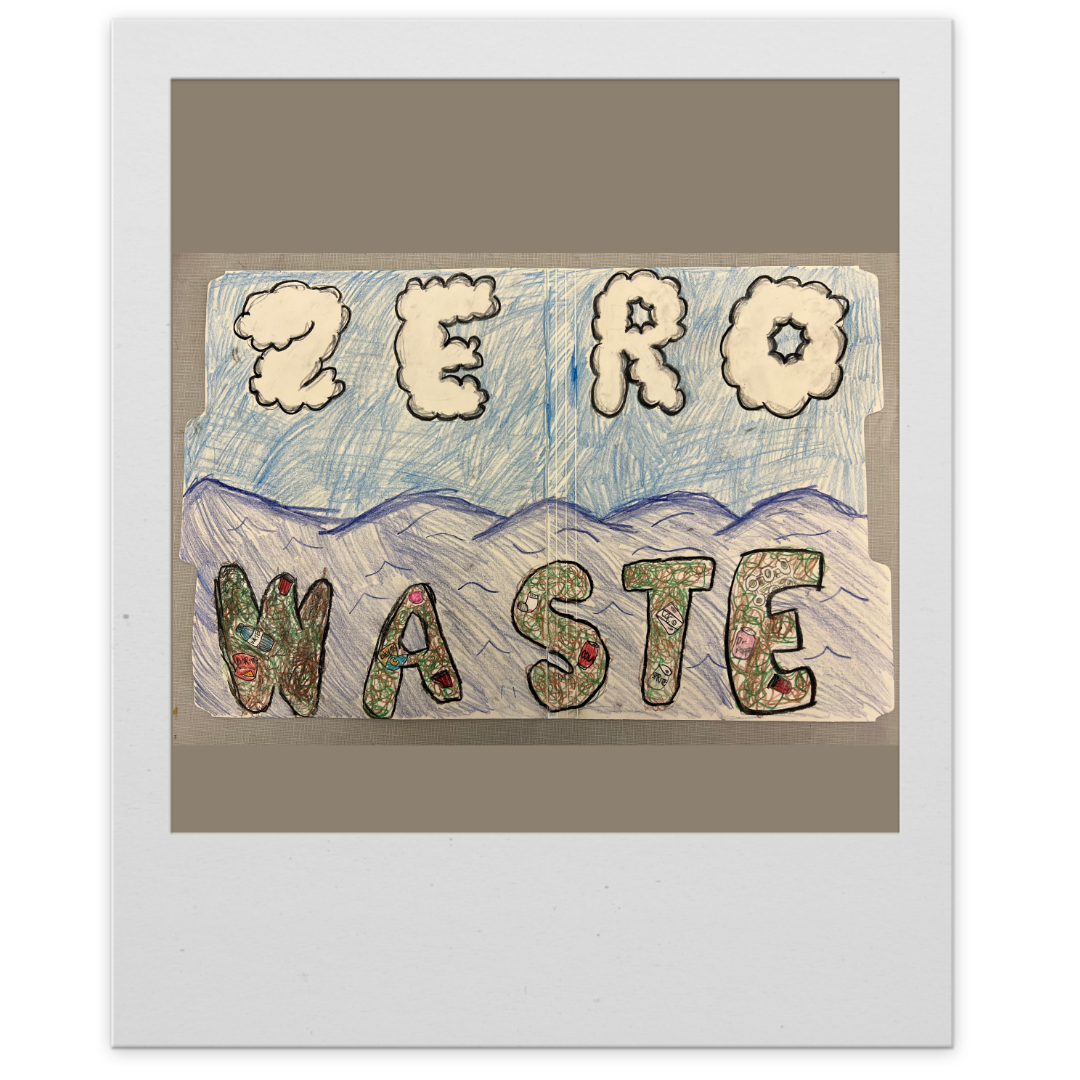Zero-waste classroom from philosophy to projects: Educator Spotlight on Jacqueline Omania
Wayfinder Society is for environmental educators who believe in the power of collective action. It is an online platform hosting a robust offering of classroom and teaching resources that makes it easy for educators to create a fun, dynamic, and engaging classroom and to inspire their students through environmental awareness and action. Every other month, we highlight an educator in our network.

Jacqueline Omania attended our last International Youth Summit with a team of students from Oxford School in Berkeley. We interviewed her recently to learn more about her environmental education philosophy. She teaches 5th grade at Berkeley Unified School District.
Ms. Omania founded and taught in Berkeley Unified’s first Farm and Garden Program for 15 years before moving to a more traditional classroom. She excelled at providing students with experiential learning, letting students explore and experience the garden, then bringing them together after to share and talk. She found teaching this way was a great equalizer for her students – helping them to each bring their personal background and past experience to the group. When she transitioned to a traditional classroom, her approach to teaching was to bring as much of the “outside” into the classroom, starting with fresh vegetables from Full Belly Farm, a local CSA for the class to learn what was seasonal, local, and organic.
Her wholistic approach to teaching about sustainability is so fundamental that it is built into every lesson. 4th graders who’ll be in her 5th grade class next year, already know that hers is the zero-waste classroom. It is truly a core experience for these students – they are ready to take on the challenge. Each year, for the past 7 years, she has asked her students if they would like to establish zero-waste agreements for their classroom – and so far they’ve all said yes. At the beginning of the year, they work together to determine their agreements.

The students’ Zero-Waste Agreements in Ms. Omania’s class. Photo credit: Jacqueline Omania

The image above shows a student in Ms. Omania’s classroom showing their calculations for the amount of trash created in a usual classroom. Photo credit: Mark Coplan’s Berkeley Public School Photos

Student folder artwork. Photo credit: Jacqueline Omania
Jacqueline has identified some tips that help ease the process. She acquires reusable utensils and cups for her students to use in the classroom at breakfast and lunch. She also gets metal pencil cases with sharpeners and paint free pencils for her students. Keeping the supplies limited and uniform keeps students from needing to bring much from home, which reduces their classroom waste. For the last 7 years, each class has fit their trash into a mason jar. The first year the jar was a quart. Now they are down to a pint! Parents love it too because they don’t need to buy anything for their students for the year. The school-provided food packaging is another issue, but they audit that waste separately because they have less control over it.
Each year, Jacqueline makes sure to sense where her students are emotionally and how they take in and process information, to make sure that what she is bringing up in class is helpful and productive for that particular group of students. For example, she shared that last year her students didn’t have a problem with eco-anxiety, but for her students this year it’s a big issue. In response, she’s dialed back on the problem, and is focusing on the solutions instead. She shared that her goal is to make every lesson engaging and positive – a space where her students create fun memories together that they can call back on: “Memories that can activate you.”
Here’s my favorite example she shared for how she helps students create positive memories and community. She has her students make a handmade gift for someone else in their class based on what they learn about them throughout the year. She found that her students were so thoughtful and noticed little things about their classmates, that they connected on in a deep way.
To find out how her students are synthesizing the climate, sustainability, and justice concepts that she weaves through every class period, she does the “Design Challenge.” Students work in groups to pick a product that is needed in daily life – and look at how it’s made, and how they can make it more sustainable. Last year they analyzed pencils. They found out that the pencils were made from cedar trees grown in California but then shipped to China for manufacturing. They discovered that the cost of a box of pencils would be $10 instead of $3 if made in the US. When students asked “Why is that?” it allowed Ms. Omania to bring up the concepts of production, wage and wage conditions, and externalized costs in a way that the students could understand. Following the exploration phase, students learned about the UN Sustainable Development Goals, and how these can guide decisions throughout the design and production of a product. Finally, students worked together to design their own solutions to common sustainability challenges. One ideation was a solar powered boat that replanted kelp in the San Francisco Bay; another was a membership-based sustainable school supply refill business.
Learn more about Jacqueline’s environmental education classroom:
- Coauthored curriculum
- KQED segment
- Video by Upstream: Little Voices for Big Change
- Earth Day Student Presentation
Thank you for being a true inspiration Jacqueline!
